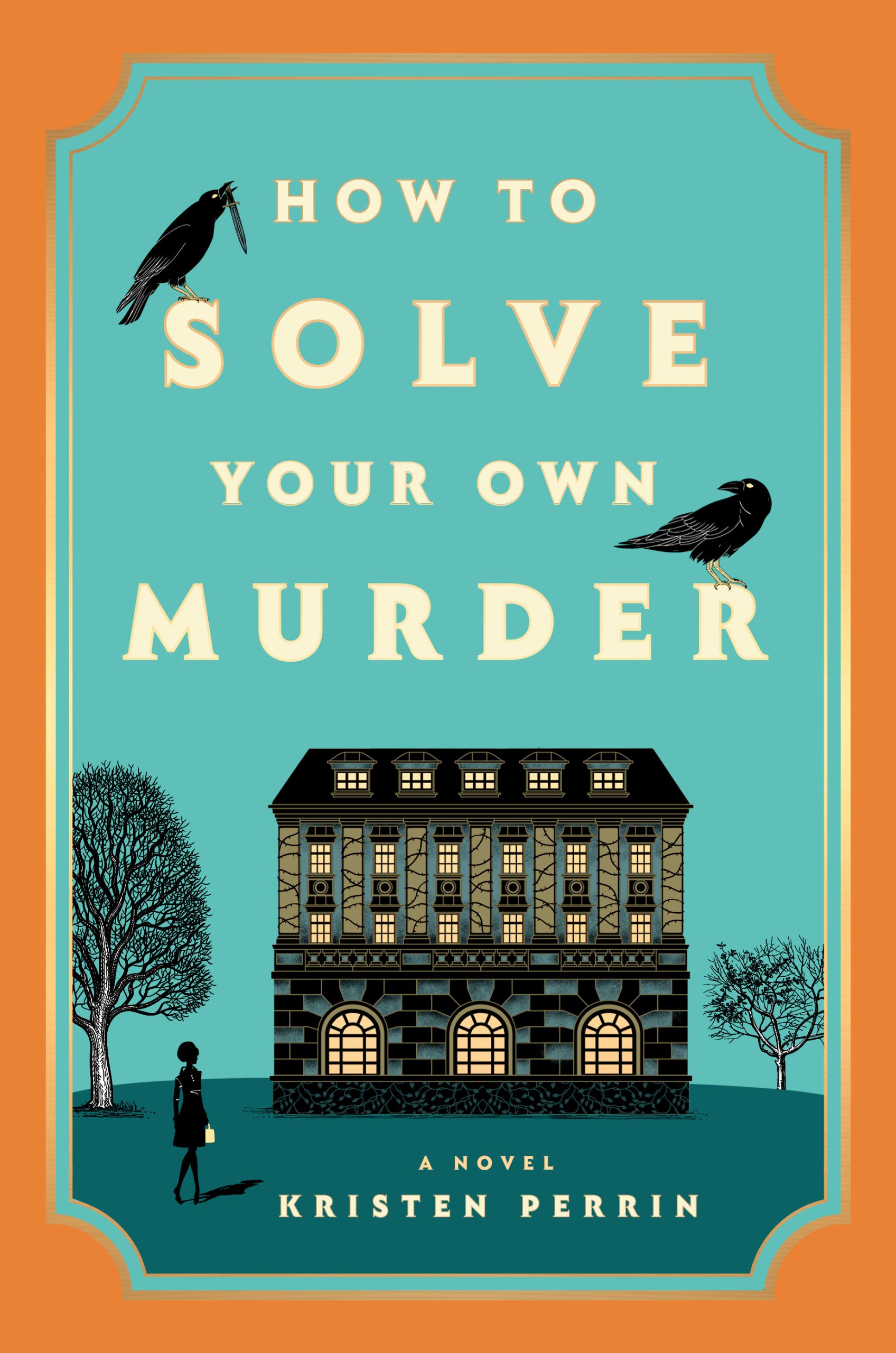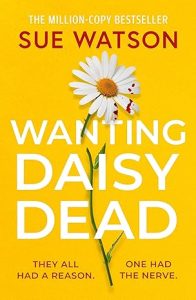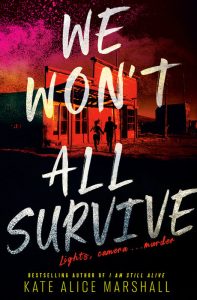
Kristen Perrin’s How to Solve Your Own Murder bursts onto the cozy mystery scene with a premise so irresistibly clever it practically sells itself. Imagine being told as a teenager that you will one day be murdered and spending the next sixty years trying to stop it from happening. That’s the life of Frances Adams, a sharp, eccentric woman who turns a chilling prophecy into a lifelong obsession. When her prediction finally comes true, it’s up to her great-niece, Annie, to uncover the truth behind the murder Frances saw coming all along.
The novel moves between two timelines: 1965, when young Frances first receives the ominous fortune at a country fair, and the present day, when Annie arrives in the charming English village of Castle Knoll. Frances has just died under suspicious circumstances, and her will declares that whoever solves her murder will inherit her estate. This setup launches a traditional whodunit with an irresistible modern twist, blending old-school English mystery vibes with contemporary humor and flair.
At its best, the book feels like a love letter to Agatha Christie and The Thursday Murder Club. Perrin’s prose is warm and witty, and her descriptions of Castle Knoll its gossipy residents, its winding lanes, its secrets buried under layers of polite smiles evoke the charm of a village that could easily hide a killer. The mystery unfolds through multiple perspectives, including glimpses into Frances’s own diary, giving readers that addictive sense of piecing together a puzzle from overlapping lives and motives.
Annie Adams, our protagonist, is instantly likable. A would-be mystery writer suddenly thrust into a real murder investigation, she’s curious, awkward, and determined in equal measure. Her relationship with Frances, though largely posthumous, adds a layer of poignancy as Annie begins to understand her aunt’s lonely, paranoid existence. The supporting cast is equally colorful scheming relatives, shifty townsfolk, and a detective who may or may not have his own agenda.
That said, the book isn’t without flaws. The dual timelines and sprawling cast can be confusing at times, with names and relationships blurring together. Some dialogue feels stilted and overly deliberate, as if the characters are performing for the reader rather than speaking naturally. And while the mystery starts strong, the final reveal doesn’t quite land with the force the premise promises. The resolution feels rushed and slightly muddled, leaving a few too many questions unanswered.
Still, there’s an undeniable charm to Perrin’s storytelling. She plays with the tropes of the genre the eccentric spinster, the dusty estate, the amateur sleuth with affection and humor. Even when the pacing falters or the dialogue feels contrived, the heart of the story remains engaging. The novel’s greatest strength lies in its atmosphere: that mix of whimsy and menace unique to English village mysteries.
For readers who adore character-driven whodunits with a cozy but slightly gothic tone, How to Solve Your Own Murder will be a delight. It’s a quirky, clever debut that blends nostalgia with modern sensibilities, and while it may not reach the heights of Knives Out or The Thursday Murder Club, it offers a satisfying escape into secrets, small-town gossip, and the eternal question of what really lies beneath polite society.
Final Verdict:
An inventive and entertaining mystery with a brilliant premise, How to Solve Your Own Murder is a delightful addition to the cozy crime shelf. It may stumble in execution, but its charm, humor, and atmosphere make it well worth reading especially for fans of classic British whodunits.
📚 Get your copy of How to Solve Your Own Murder on Amazon today: https://amzn.to/4nHLonG


